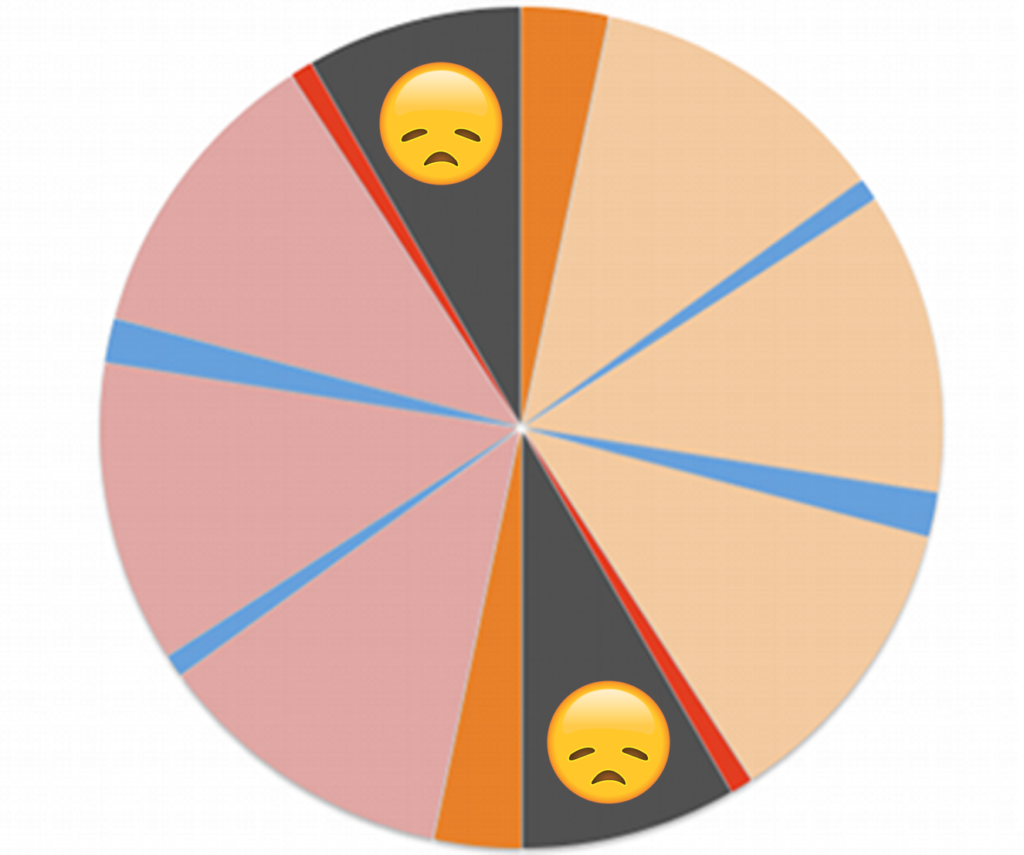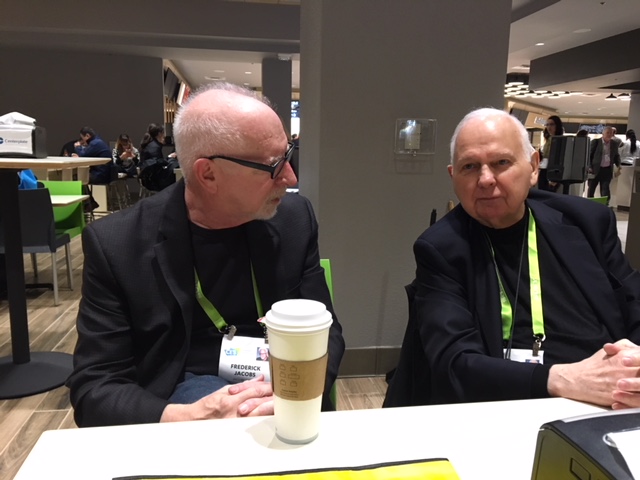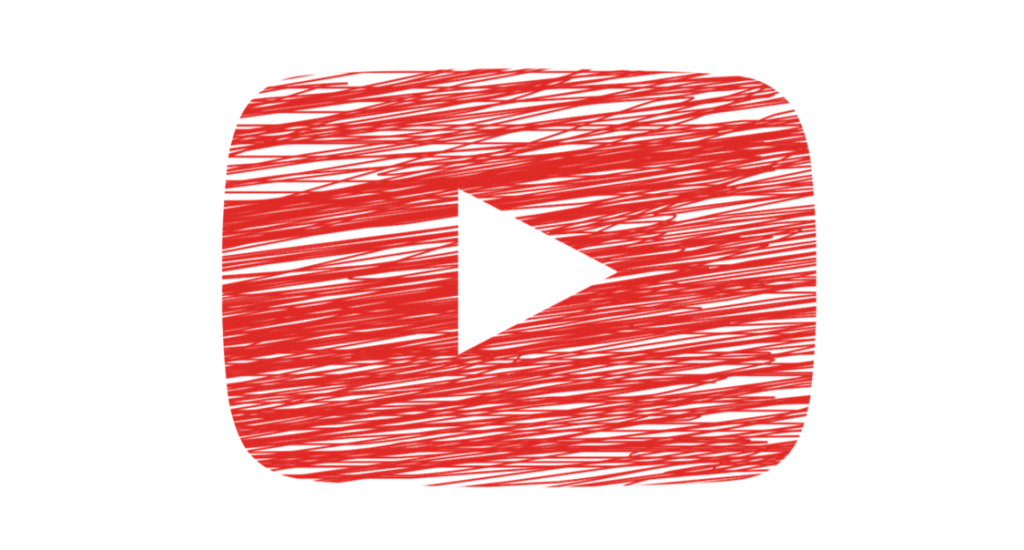
If you’re in radio, there are actually three guarantees in life:
Death, taxes, and commercials.
From the dawn of Marconi, Tesla, Drake, and McClendon, programmers have been designing, scheming, and juggling clocks. PPM has exacerbated the problem, as so many major market stations settle for the “bowtie” model. But Media Monitors and other research confirms what everyone in radio knows – when commercials play, the audience scatters.
And why not? Quantity is, of course, the yin of the problem. But the yang is quality, and it’s a topic we’ve tackled more than once over the years in this blog.
Philadelphia broadcasting guru, Jerry Lee, has been a one-man band, championing the industry to focus on that 17% of the hour of commercial  content. Through his own research, he has developed a tool kit for radio advertising, designed to make them better and more effective.
content. Through his own research, he has developed a tool kit for radio advertising, designed to make them better and more effective.
And without fail, Jerry has consistently preached about the importance of growing revenue through better commercial creative. And over the past half year, Tom Taylor’s NOW has dutifully published Jerry’s learnings every Wednesday. Too many broadcasters skip over these important tips to get to the newest speculation about deregulation, who’s rumored to be buying what, or “You Can’t Make This Up.”
The fact is, programmers have all but given up on improving commercials – or even neutralizing them – while the salespeople simply grab the order and move on to the next one. Commercials – bad ones, in particular, are a fact of life. And while PDs strive to maintain time spent listening while building more “occasions” with sophisticated tools like music research, M Scores, and even music streaming data and Shazam, those 10 minutes an hour (or more) are simply a concession to the inevitability of radio’s business model.
It’s almost always been about workarounds, rather than confronting the commercial problem head on.
But now that attribution is in the air, it would behoove radio executives to rethink the placement and the effectiveness of commercials. Because as AI, data analysis, and digital dot connection become more sophisticated tools, the focus will inevitably return to the content and qualaity of the commercials themselves.
Broadcast radio moguls want the analytical tools that will ultimately prove radio’s proof of concept to advertisers tired of the “spray and pray” tactics of broadcast ads.
Commercial radio is not the only media platform wrestling with this dilemma. But others are more actively trying to do something about it.
Much of this may be by necessity as criticism from the advertising world continues to rain down on Facebook, Google, and other major players. Commercial placement, errors in judgment, and overall neglect have placed many advertisers on new media platforms in less-than-optimal positions. That’s led to much agnst in the marketing community.

YouTube isn’t just sitting still. Taking a page out of the Jerry Lee playbook, it has announced a Creative Suite of resources to help its advertisers design, test, and track commercials.
A recent article in Techcrunch outlines some of these tools, including Voice Experiments, a tool that will test video ads before a more expensive campaign hits the platform. Described as an alternative to focus group testing, the idea behind Voice Experiments is to use a real ad environment to test the waters.
Another feature – Director’s Mix – is all about ad personalization, swapping out work parts of video ads, making them targetable to narrow audience groups. Campbell’s Soup is already experimenting with this tool, described in an AdWeek article, “YouTube Lets Brands Make Thousands Of Videos From One Ad.”
YouTube hopes the results will deflect advertiser complaints, while helping marketers more effectively use their platform. Of course, better ads might also keep viewers watching videos longer – extending their time spent viewing.
These are all indicators that advertising platforms will have to do more than just display reach, frequency, and even crude engagement data like “clicks.” They will now have to prove out the efficacy of a medium’s business proposition.
Given the state of radio’s commercial quality, this can’t be a good thing. In fact, when it comes to attribution, we should be careful what we wish for.
There’s no question the medium “works,” moves eyeballs, generates downloads, motivates coupon use, and even drives votes at the ballot box.
But once testing tools are in place that remove much of the ambiguity from the marketing mix, replacing it with a truer sense of bona fide results, the pressure on the creative segment will only intensify.
John Wanamaker was a success American merchant, religious figure, and political icon who lived in the 1800’s. He’s credited with saying:
“Half the money I spend on advertising is wasted; the trouble is, I just don’t know which half.”
Soon, we’ll know.
YouTube (and other digital behemoths) is both sweating bullets and details, trying to answer that question.
Radio should be, too.
- What To Do If Your Radio Station Goes Through A Midlife Crisis - April 25, 2025
- A 2020 Lesson?It Could All Be Gone In A Flash - April 24, 2025
- How AI Can Give Radio Personalities More…PERSONALITY - April 23, 2025




Fred,
I love spots, and as a voice/over guy now, I need them to pay the bills.
I listen to breaks and perk up over who is saying what. I appreciate those ads that bring me new information I care about -especially on smaller local stations, such as a farm stand open for the season or a sweet deal on a car lease. Inexcusable? Four spots in a row using the same voice – yes, I hear that routinely, out of corporate radio and small-town radio’s shortsighted staffing. Mk Kelly on Cape Cod is an example of someone who cares – she writes, she voices, she produces and turns out major market product in a small market. (obviously, most of us would kill to live on the Cape). Although I only technically broadcast as a non-comm now, I love spots, and always will – they are a golden opportunity.
Absolutely, Tai. None of us would be here if it weren’t for those ads. So, you’d think more broadcasters would put more effort and resources into creating and producing them. Thanks for the comment and the shoutout to MK.
Great stuff, Fred…
I know that movies and TV generate advertising money through product placements. Has any advertiser and/or station worked to create the equivalent in radio advertising?
Keep up the good work…
I’ll defer to the world of DOS’ and GSMs, but I think for the most part, radio has not done mucch in the product placement arena. I think some of the blockage is due to the lack of visuals “on the radio,” but that would not preclude videos, social media, etc. Not to mention that demand for :30s and :60s in many markets is not exactly high right now. Thanks for the comment.
that underscores the shortsightedness again…why has radio not gone to sweepers that are product/service placements INSTEAD of constantly pushing the 30/60 narrative…the clock has only shifted since 1965…no substantial change at all…going from 5 :60’s to 10 :30’s is only a shift..same for 3 stop sets to 2 …i think Fred you and i can remember when radio ran 3 SS’s an hr 5mins each but then again that was when CNN wasn’t even 24 hrs just yet and there was no such thing as the “internet” outside of MIT..LOL
sorry, Fred all you did was highlight the CONTINUED shortsightedness of radio which only solidifies the reality of a withered feeble medium still cannibalizing itself and seeking no other option. as a listener now as opposed to the former prod director I was, my daughter’s marvel at the fact that I hate commercials yet that is how I make my money. however, the bulk of my VO is anything BUT radio and most VO’s will tell you doing VO for radio is like drilling for water in the desert. radio has long ago shed the idea that serving the customer was primary when they jettisoned copywriters and individual prod directors{thank you clear channel}, now 1 person handles the cluster of 4-7 stations and some markets want them to handle an air shift AND/OR continuity. radio is about flowing the $$ to the top, shareholders, CEO/COO, market managers, period. If any crumbs are left maybe they’ll get a new van[radio voice now] welcome to radio 2018 and beyond!!! since radio hasn’t changed its biz model since 1965!!!…strike that, it has, after 1996 programming stayed the same but the money changed and i dare anyone to say it got better…Marie Antoinette would be so proud of radio!!!
Well, Kyle, this is not exactly a good report card for broadcast radio, and it reinforces sthe need to rethink the “givens.” As the post noted, the coming wave of attribution is a blessing, but maybe also a curse. Radio ads – at their core – need to get attention, engage a listener, and stimulate action. We’ll see how the current crop of commercials fares. Thanks for the view from the VO world.
Fred
I am working with Jerry. Supplying “engaging” commercial content. Soon will be going to Philly to help the sales force. We spoke about this a few years back…. before your DASH meeting. Never heard from you….
Oh jeez, I feel like this is another one of those “definition of insanity” moments. We keep trying to juggle the puzzle pieces thinking that somewhere out there is the perfect formula for running spots so listeners don’t mind. Hardy har har. Oh sure, I’ll sit thru 22 minutes of spots an hour to listen to Howard Stern, but that says more about Howard than it does about spots. I think programmers have argued for years, unsuccessfully, to return to the days when spots generally fit the tenor and culture of the station that aired them. Not so much for top 40, but think back to the earlier days of AOR (I still love those three letters).
When I worked at KBPI in the 70’s we used to transcribe obnoxious agency spots (and even local obnoxious spots) and re-cut them to fit the tone of the station. Great station produced spots always ran first in the break. The annoying spots ran in the middle. No break was longer than four units. The smart advertisers would allow stations like that to do their own thing. But the sales departments in those days also had no problems telling an advertiser that station policy dictated such behavior. But we also have to think about why this was possible. In those pre-telecom act days there was less pressure to jam as many spots as possible into an hour. Stations were not yet changing hands for insane multiples. Content was still king, and both programming and sales were on the same page (generally) about the sanctity of the on-air sound. Rock, Classical, Jazz, and a smattering of others hewed to this long standing policy.
Think this concept is dead? Turn on your TV. Pick a non CBS, NBC, ABC network. How bout MTV? Ever notice how the Tide detergent spots on MTV aren’t the same as the ones on CBS, NBC, or ABC? Or, turn on any outdoor channel. Watch any hunting or fishing show. Note the advertisers. Most spots are targeted to a specific audience. Thank Bass Pro Shops.
Targeted advertising has, of course, been the mantra for years now. And today, in the digital age, we are being bludgeoned with this concept. But the old white haired sales dudes (who mostly came from print and auto sales before tackling radio) still run the radio industry like its 1999, and apparently believe radio doesn’t need such behavior.
And advertisers are noticing now. Many clients don’t want to have their spots run in the third or fourth position in a six unit break. The message, they believe, is getting buried. Duh!
I think the current climate of fear and desperation at radio groups makes it almost impossible for sales managers and general managers (and owners) to push back with advertisers. The attitude now is take the money and shut up. But if this leads to “toilet ratings” what then? Will radio figure out how to disrupt their own industry to come in to the 21st century? At the moment it seems there is little hope.
Max, I fear you may be right about the futility of it all – like deja vu all o we again.
But here’s why this time could be different: attribution.
Up until now, it was a PD’s opinion a spot was erosive or poor quality. But if truly bad commercials don’t move the audience to take action, then maybe we’re connectng some important dots.
amen!!!
This blog and comments gave me an idea in regards to product placement and commercials. I don’t mind sharing the idea, because I’d rather see it become common place, if it works.
We’re going to take a look at a testimonial based commercial, 15 seconds long, including a tag for the business name and number or website, and place it where sweepers normally are located between songs. This will hopefully do a few things 1) mimic product placement and get listeners used to a short interruption between songs that is commercial based. 2) provide a lower cost alternative to 30/60 costs for businesses. It’s similar to a live plug, but we won’t taint our mission of what we current read live.
Has anyone tried this approach?
Not that I’m aware of, and I applaud you for sticking the big toe into the great unknown. Let us know how this works, Bob. And thanks for sharing it.